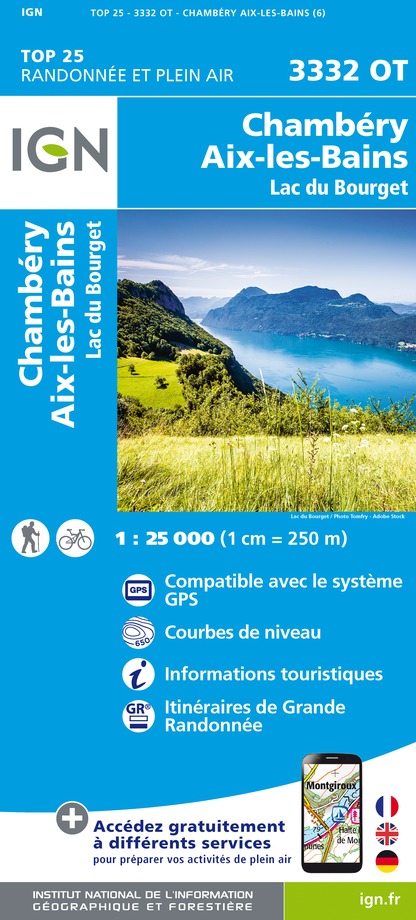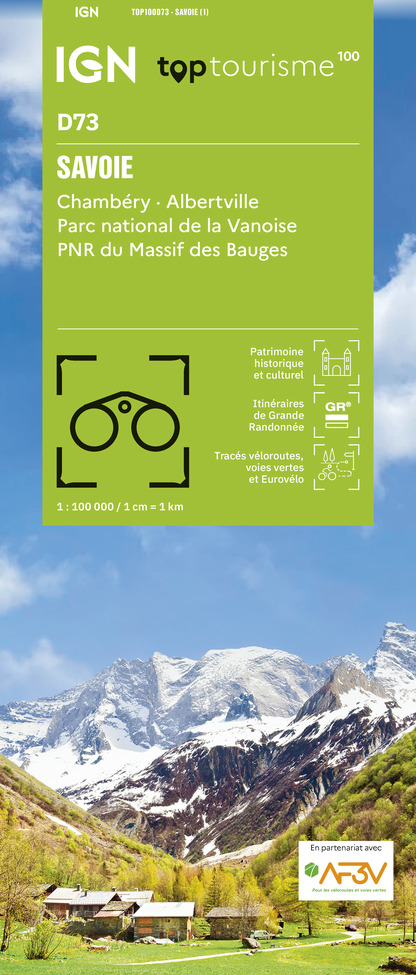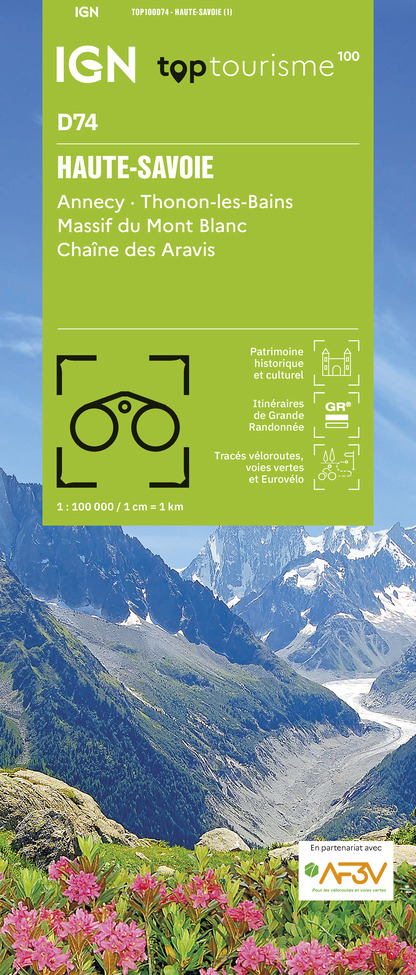Alert
Alerts
Type of practice
Walking
Very easy
1h
Presentation
Description
Map
Points of interest
Ratings and reviews
See around
Aymon Trail





IGN cards

3332OT - CHAMBERY AIX-LES-BAINS LAC DU BOURGET
Editor : IGN
Collection : TOP 25 ET SÉRIE BLEUE
Scale : 1:25 000
13.90€

TOP75032 - CHAINE DES ARAVIS - MASSIF DES BAUGES
Editor : IGN
Collection : TOP 75
Scale : 1:75 000
9.80€

VEL11 - LAC D'ANNECY ET LAC DU BOURGET A VELO
Editor : IGN
Collection : DECOUVERTE A VELO
Scale : 1:35 000
9.10€

TOP100D73 - SAVOIE CHAMBÉRY ALBERTVILLE PARC NATIONAL DE LA VANOISE PNR DU MASSIF DES BAUGES
Editor : IGN
Collection : TOP 100
Scale : 1:100 000
8.40€

TOP100D74 - HAUTE-SAVOIE ANNECY THONON-LES-BAINS MASSIF DU MONT BLANC CHAÎNE DES ARAVIS
Editor : IGN
Collection : TOP 100
Scale : 1:100 000
8.40€

TOP100D01 - AIN BOURG-EN-BRESSE AMBÉRIEU-EN-BUGEY PAYS DE GEX
Editor : IGN
Collection : TOP 100
Scale : 1:100 000
8.40€

202 JURA ALPES DU NORD
Editor : IGN
Collection : TOP 200
Scale : 1:200 000
6.80€

D38 ISÈRE
Editor : IGN
Collection : CARTES DÉPARTEMENTALES IGN
Scale : 1:150 000
5.90€

D01-69 AIN RHÔNE
Editor : IGN
Collection : CARTES DÉPARTEMENTALES IGN
Scale : 1:150 000
5.90€

NR15 AUVERGNE-RHÔNE-ALPES RECTO/VERSO MASSIF ALPIN
Editor : IGN
Collection : CARTES RÉGIONALES IGN
Scale : 1:250 000
6.80€

NR14 AUVERGNE-RHÔNE-ALPES RECTO/VERSO MASSIF CENTRAL
Editor : IGN
Collection : CARTES RÉGIONALES IGN
Scale : 1:250 000
6.80€

EUROPE
Editor : IGN
Collection : DÉCOUVERTE DES PAYS DU MONDE IGN
Scale : 1:2 500 000
7.00€
Description
Take the time to discover Bourget-du-Lac ... Aymon invites you to accompany him in his adventure: follow the mysterious symbol of the Time Travellers to meet fantastic characters, witnesses of the rich history of the city.
Technical Information
Walking
Difficulty
Very easy
Duration
1h
Dist.
1.7 km
Type of practice
Walking
Very easy
1h
Show more
Altimetric profile
Starting point
Parking Thomas II (également possible depuis l'Office de tourisme)
,
73370
Le Bourget-du-Lac
Lat : 45.652203Lng : 5.861378
Points of interest
Additional information
Updated by
Agence Aix-les-Bains Riviera des Alpes - 12/07/2024
www.aixlesbains-rivieradesalpes.com
Report a problem
Open period
All year round.
Contact
Phone : 04 79 88 68 00
Email : accueil@aixlesbains-rivieradesalpes.com
Data author
Ratings and reviews
To see around









